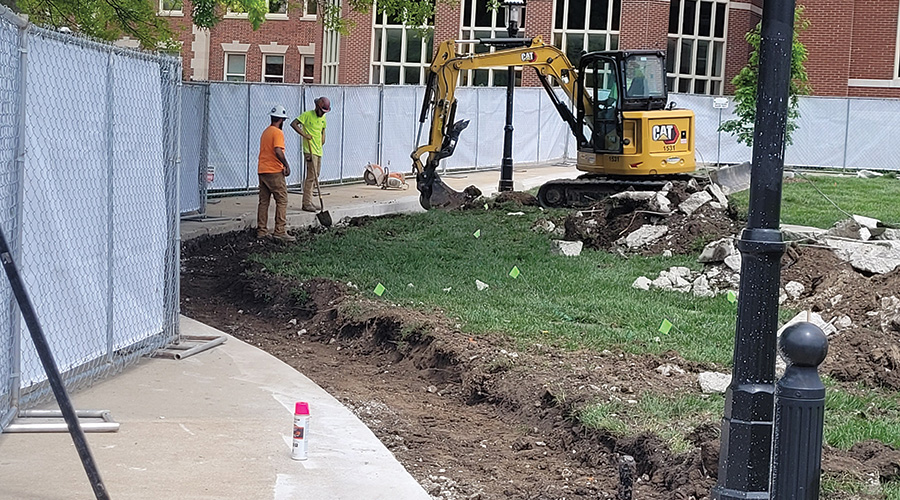Greening Grounds: Enhancing Sustainable Landscapes
Part 1 of a 3-part article on sustainable landscapes
Image by: Joseph Sohm / Shutterstock.com
Few areas of institutional and commercial facilities have been as noticeably affected by the heightened focus on sustainability as grounds and landscapes. From equipment specification and use to the diminishing use of chemicals for controlling pests and weeds, nearly every aspect of grounds management has been affected by the increased scrutiny.
A closer look at key areas of grounds and the resources departments use to maintain them can reveal strategies managers can use to bring cost-effectiveness and efficiency to sustainable grounds management.
The equipment factor
With a variety of mowers and utility vehicles on the market, it can be difficult for grounds managers to identify the most sustainable choices for their property. To choose the most appropriate equipment, managers first need to consider their goals, keeping in mind such factors as the size of the landscape and topography.
For managers in the market to buy a new mower, one of the best indicators of a piece of equipment’s durability and ease of maintenance is the type of fuel the mower requires. Propane and electricity continue to gain momentum in the marketplace. They are better for the environment, and more energy efficient compared to gasoline-powered mowers.
Unlike mowers that use gasoline, propane-powered models require 50 percent fewer oil filter changes, which significantly decreases the risk of mechanical problems. Some might argue that the per gallon conversion rate for gasoline is more efficient, but the ratio is the same if the equipment is adjusted properly.
Depending on the size of the property, another viable option is a battery-powered mower. Because they do not require oil, the risk of mechanical issues decreases tremendously, making it the most sustainable option. In terms of operation, a battery-powered mower is easy to use as long as operators remember to recharge or replace the battery pack. In terms of efficiency, they are the most efficient among propane and gasoline-powered mowers. That said, they also are the most expensive option.
When choosing a utility vehicle with sustainability in mind, managers need to establish their requirements and identify necessary features. For example, the two most popular attachments are a snow blade or mower, while other popular attachments include snow blowers, sprayers, and angle booms.
But before managers make a choice, operators must test-drive the equipment to ensure it is user-friendly. Since utility vehicles contain so many moving parts, durability can be a concern. This is where the size and topography of the landscape become factors. Managers need to make sure a particular piece of equipment can service the entire area.
In regards to fuel selection and durability, gasoline-powered vehicles still dominate the market. But as more managers have embraced sustainability, alternative fuels have made headway. These products not only are cleaner environmentally, but they also increase the efficiency of utility vehicles and extend their performance life. Electricity, propane, and bio-diesel have affected new-generation vehicles, and since these fuels contribute to a lower risk for mechanical malfunctions, concerns about performance and maintenance issues are lower.
Related Topics:














